I have had the Sony A7II in my hands for just over a day and already I am blown away by that stabilisation system. To recap, for new readers, this review camera came without a lenses, at my bidding, because I wanted to try it with manual full-frame lenses.
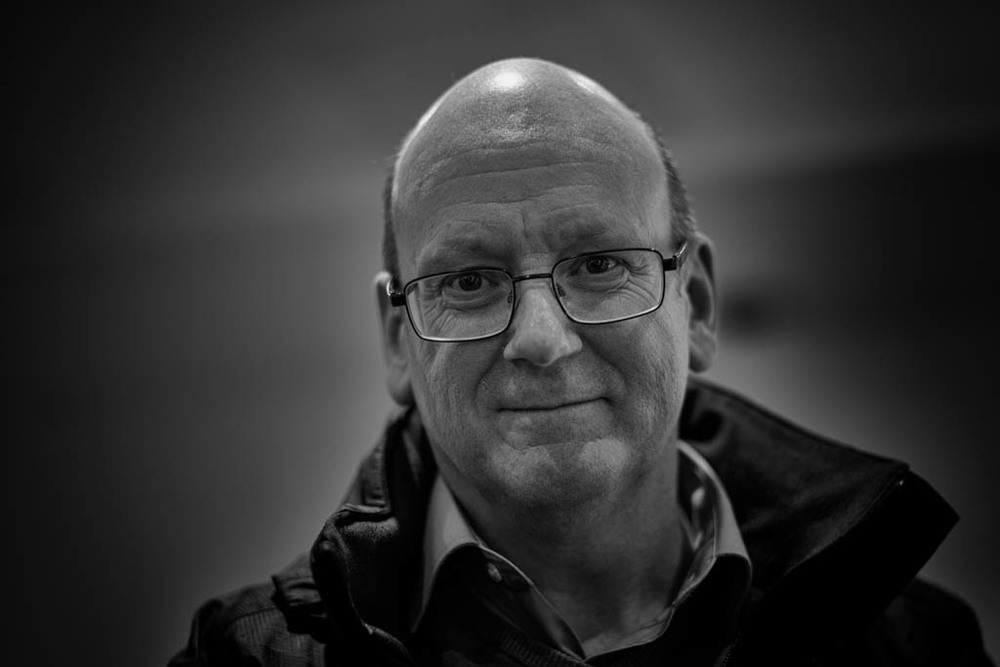
Last night I attended the regular monthly open evening at Park Cameras in Rathbone Place, London, to hear a talk by Steve Marley on Olympus systems and a brilliant discourse by paparazzo Alan Chapman on his fascinating life snapping celebrities.
Gloomy
Lighting was dimmed when I arrived to find Steve in full flow, EM-1 in hand. Despite the gloomy conditions, I pulled the Sony A7II from the bag. This was a good opportunity that try out low-light indoor photography.
Normally, with an unstablished outfit such as a Leica M or Fuji X I would have fixed a reasonable shutter speed, at least 1x focal length, and let the ISO do the walking (yes, of course I could have used flash if I’d had one, but any case it would have been inappropriate and obtrusive). This time I locked the ISO at 400 and cranked the 50mm Leica Summilux ASPH up to its maximum f/1.4 aperture: The Sony was left to select a shutter speed, however slow. The results were better than I expected.
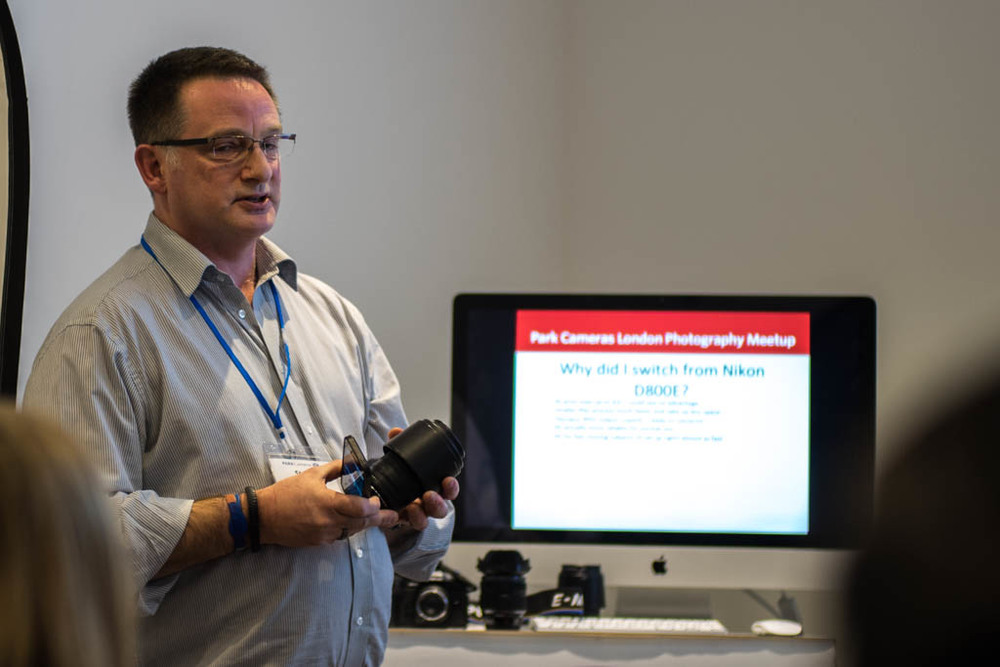
Understatement
To say I was impressed would be an understatement. Consider the above portrait of a fellow audience member, Shaun, taken in less than ideal conditions at a very much less than ideal speed: 1/13s. It would have been difficult to achieve a steady handheld shot at that speed with a Leica M, for instance.
I’ve heard that stabilisation can tarnish image quality but I can detect no compromise in this shot. I did add some vignetting to camouflage the pretty bland background but, overall, this is a satisfactory result.
It’s early days yet, but I have great expectations of the little Sony. It feels good in the hands and manual focus is child’s play, especially with focus peaking (which I do not usually like) set to medium red. I find it quick and, so far, accurate. I feel more confident working with fixed rather the floating auto ISO with this camera and I shall be doing more experimentation over the next few weeks.
Colour rendering
My initial post on the A7II has generated a lot of interest. Reader Ajit Menon from New York (who has a fine website, by the way) raises a question that is fundamental to the use of Leica lenses on a third-party camera such as the Sony:
I would be very curious what you think of the colour rendering when you do have a chance to test it out. I know different sensors handle colour differently and being a Nikon shooter, I have been a bit “snobbish” about Sony’s outings until this moment when I have considered it as a great body to use with legacy lenses like Leica M – the focus peaking in both the Sony and Fuji bodies is immense for manual focus, especially for apertures f/2 and above.
I loved the cinematic look of the Leica from the M 240 body and I would consider this seriously if the colour is as good (or just a simple hue shift away) from matching the M body output.
Otherwise, the Fuji XT1 would be hands-down the best choice since the lenses are fantastic and they are such lovely bodies to use. The APS-C sensor doesn’t bother me… just that you lose a lot of the frame – the subtle light fall-off toward the edges and perhaps even the soft vignetting, all of which I feel contribute to the “look” of a lens and whoch you lose since you only see the “crop”.
While I am no expert I will do my best over the course of the next month or so to draw some definitive conclusions. I am a huge fan of the Leica M and agree with Ajit that there is something special about that camera’s colour rendering. I also take Ajit’s point on the Fuji X-System. I have a high regard for the X-T1 and X100T, which I have had the opportunity to borrow recently, and Ajit is quite right to describe the lens range as fantastic. In fact, some of those Fuji lenses are so good (56mm f/1.2, I’m looking at you, even without your APD wizardry) that there seems hardly any point in using Leica glass on Fujis. You might as well give in and enjoy the autofocus.
Crop not
The Sony, on the other hand, is a different animal. It suffers from the lack of a really good lens support with the result that Leica lenses can and do bring a lot to the party. And, perhaps most important of all, the A7 is a full-frame camera which means that Leica lenses are used at their native focal length rather than cropped as on the Fujis. So far there isn’t much not to like about this A7 Mark II.
Here are some more samples, this time earlier in the day in dull conditions and taken at a very slow 1/20s, again with the 50mm Summilux but at f/5.6 and ISO 100. The two massive crops (down to 250×167 from 6000×4000) serve to demonstrate the benefit of the in-camera stabilisation system in compensating for camera shake.
The Sony A7II body loaned by R.G.Lewis, Leica, Sony and Fuji stockists, of Southampton Row, London. This is an ideal place to go if you want to compare these three leading ranges.

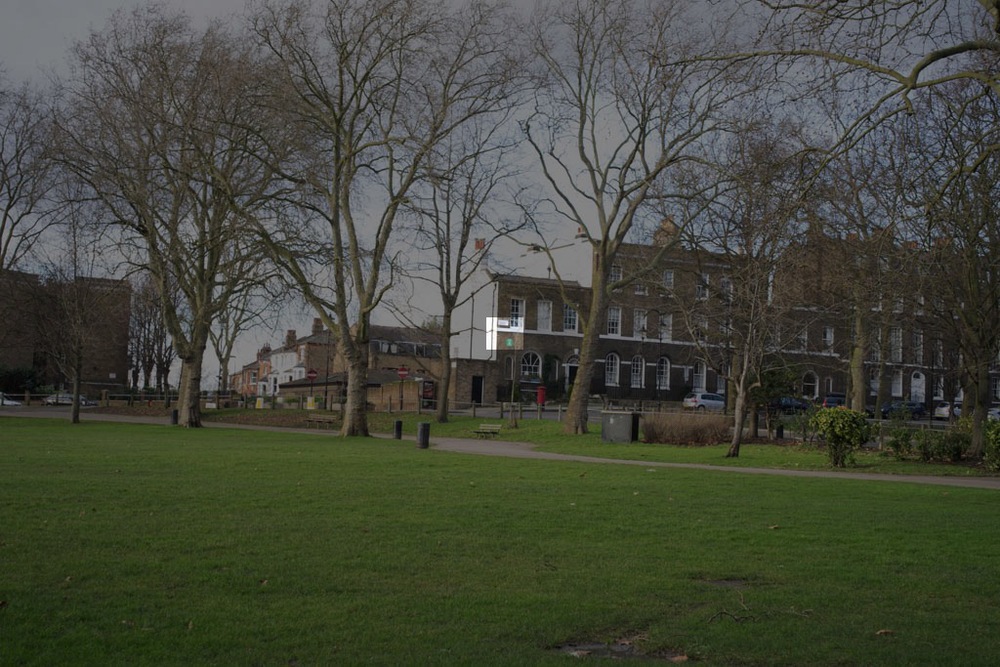
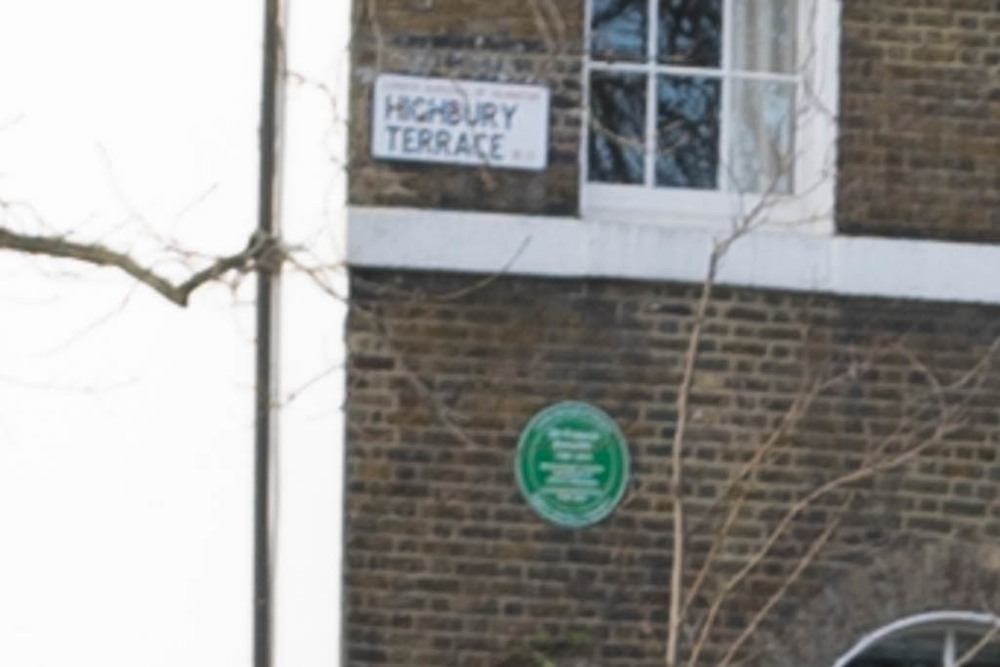
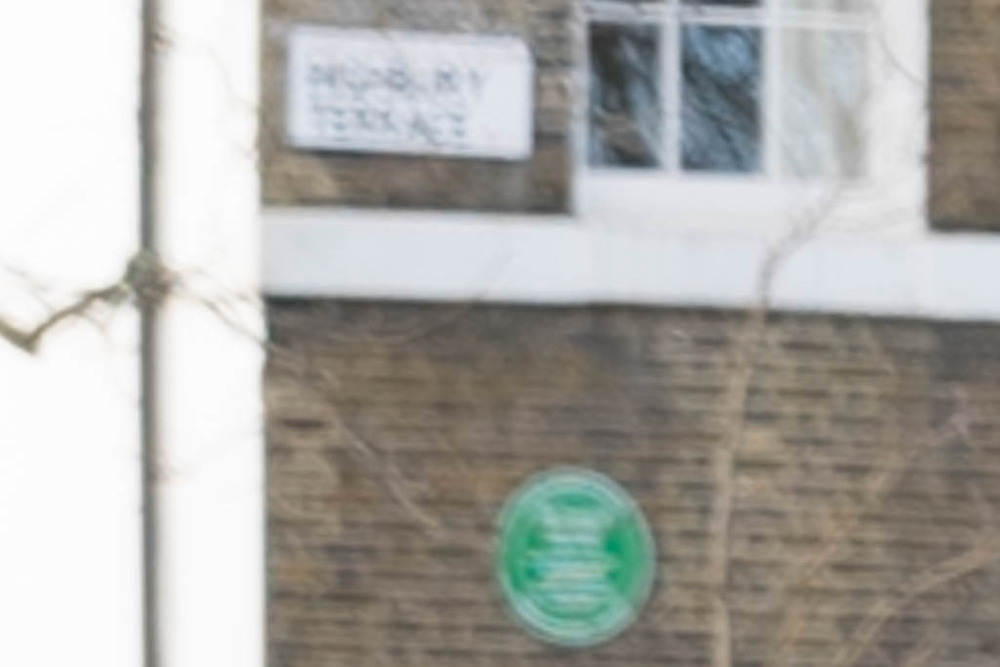
Thanks for the mention Mike. I will be closely following your observations (unless of course, I am mad enough to dive into this too, in which case, I will be happy to share my opinions and observations too). 🙂
Any input always welcome!